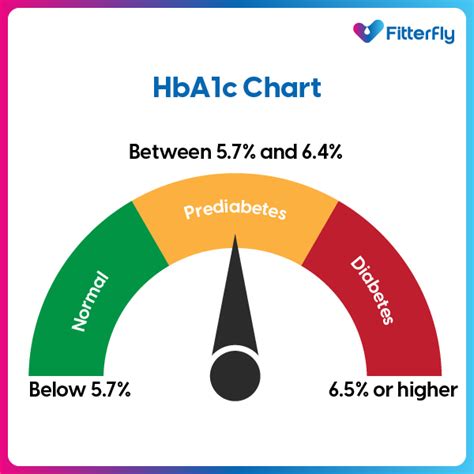Intro
Discover 7 ways to manage HbA1c levels, improving diabetes control through blood sugar monitoring, healthy diet, and lifestyle changes, reducing risks of complications like heart disease and kidney damage.
The importance of monitoring and managing HbA1c levels cannot be overstated, especially for individuals living with diabetes. HbA1c, or glycated hemoglobin, is a blood test that provides a snapshot of a person's average blood glucose levels over the past 2-3 months. It is a crucial indicator of how well diabetes is being managed and is used to adjust treatment plans accordingly. High HbA1c levels have been linked to an increased risk of diabetes-related complications, such as heart disease, kidney damage, and nerve damage. Therefore, understanding the factors that influence HbA1c levels and learning how to manage them is essential for maintaining good health.
Effective management of HbA1c levels requires a comprehensive approach that incorporates lifestyle modifications, medication adherence, and regular monitoring. By making informed choices about diet, physical activity, and stress management, individuals can significantly impact their HbA1c levels. Additionally, being aware of the potential factors that can affect HbA1c readings, such as certain medications or medical conditions, can help individuals take proactive steps to mitigate their impact. The goal of HbA1c management is to achieve and maintain levels within a target range, which can vary depending on individual factors, such as age, health status, and treatment goals.
For individuals seeking to improve their HbA1c levels, it is essential to work closely with a healthcare provider to develop a personalized management plan. This plan may involve setting realistic targets, making lifestyle changes, and adjusting medication regimens as needed. By taking an active role in managing their HbA1c levels, individuals can reduce their risk of developing diabetes-related complications and improve their overall quality of life. With the right approach and support, it is possible to achieve and maintain healthy HbA1c levels, even for those with a history of diabetes or other health challenges.
Understanding HbA1c Levels

Factors That Influence HbA1c Levels
Several factors can impact HbA1c levels, including: * Diet: Consuming high amounts of sugar, refined carbohydrates, and saturated fats can raise HbA1c levels. * Physical activity: Regular physical activity can help lower HbA1c levels by improving insulin sensitivity. * Medication adherence: Taking medications as prescribed can help manage blood glucose levels and lower HbA1c levels. * Sleep: Poor sleep quality and duration can disrupt blood glucose regulation and raise HbA1c levels. * Stress: Chronic stress can increase cortisol levels, leading to higher blood glucose levels and HbA1c levels.Strategies for Managing HbA1c Levels

Additional Tips for Managing HbA1c Levels
In addition to the strategies mentioned above, the following tips can help individuals manage their HbA1c levels: * **Stay hydrated**: Drink plenty of water throughout the day to help regulate blood glucose levels. * **Get enough sleep**: Aim for 7-8 hours of sleep per night to help regulate blood glucose levels. * **Manage stress**: Engage in stress-reducing activities, such as yoga or meditation, to help manage stress levels. * **Monitor blood glucose levels**: Regularly monitor blood glucose levels to identify patterns and make informed decisions about treatment.The Importance of Regular Monitoring

How to Monitor HbA1c Levels
The following are some steps to monitor HbA1c levels: 1. **Schedule regular appointments**: Schedule regular appointments with a healthcare provider to monitor HbA1c levels. 2. **Use a glucometer**: Use a glucometer to regularly monitor blood glucose levels. 3. **Keep a log**: Keep a log of blood glucose levels to track patterns and identify areas for improvement.Conclusion and Next Steps

We invite you to share your thoughts and experiences with managing HbA1c levels in the comments below. If you found this article helpful, please share it with others who may benefit from this information. Additionally, if you have any questions or concerns about managing HbA1c levels, please do not hesitate to reach out to a healthcare provider for guidance and support.
What is the normal range for HbA1c levels?
+The normal range for HbA1c levels is less than 5.7%. However, the target range for individuals with diabetes may vary depending on individual factors, such as age, health status, and treatment goals.
How often should I monitor my HbA1c levels?
+The frequency of HbA1c monitoring depends on individual factors, such as the type of diabetes, treatment plan, and health status. Generally, HbA1c levels should be monitored every 3-6 months.
What are the risks of high HbA1c levels?
+High HbA1c levels have been linked to an increased risk of diabetes-related complications, such as heart disease, kidney damage, and nerve damage.
